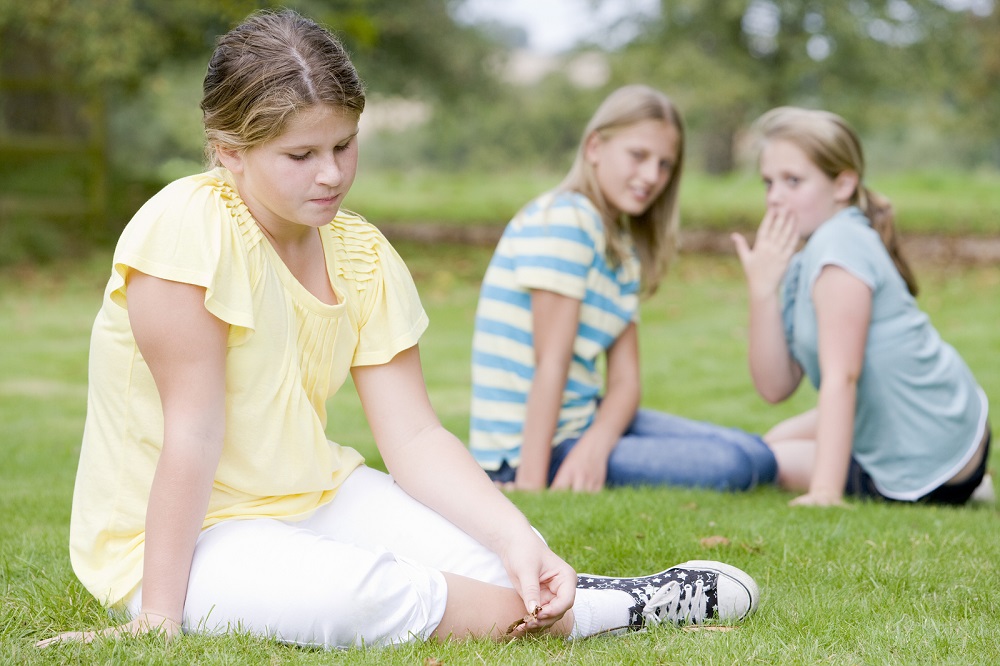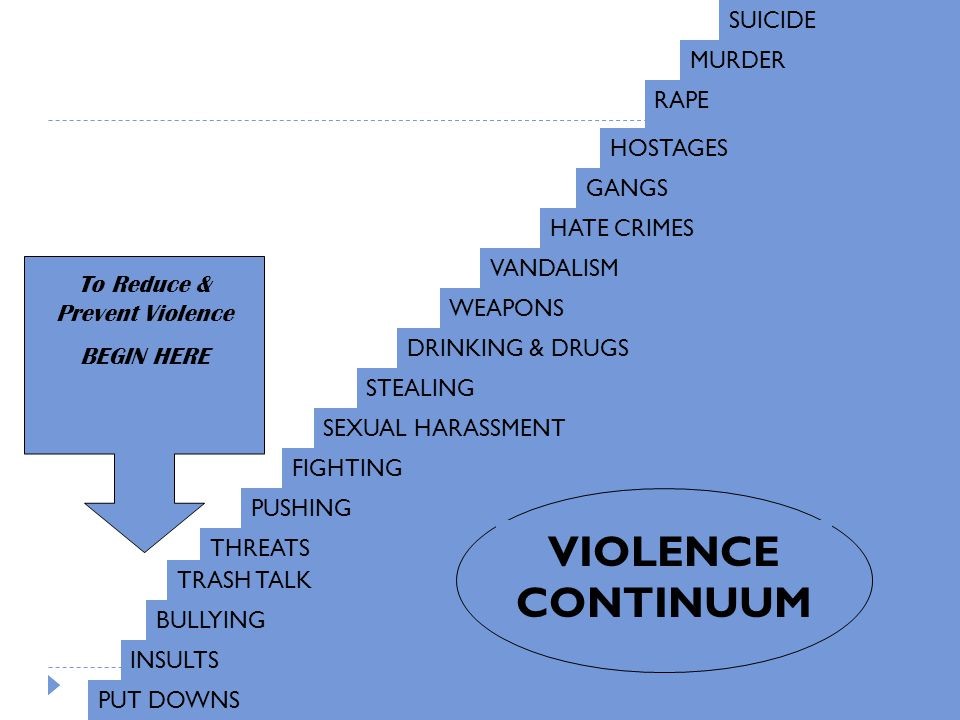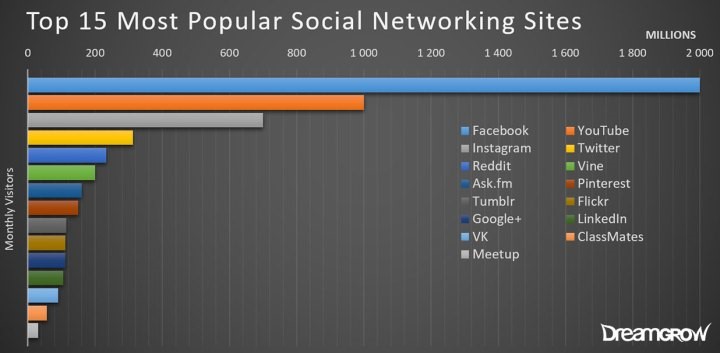3 Types of Bullying in School + 1 Immense Social Challenge
7/13/2017

Back to the main Bully Prevention Guide.
PU #1 - Verbal Bullying Behavior
The varied forms of verbal bullying are as infinite as there are words in any language. For bullying behavior to be classified as verbal bullying, it must be heard, repeated over time, and there is an imbalance of power between the students involved in the situation.
Here is a quick list of verbal bullying behaviors that you can look for…remember, it needs to be repeated over time and there are definite signs of an imbalance of power:
- Teasing
- Taunting
- Put-downs
- Name Calling
- Threats
- Sexual Harassment or Comments
- Spreading or Starting Rumors
- Combination of Verbal and Psychological Bullying or "Mental Games"
The severity and seriousness of the verbal bullying can be perceived by parents and staff differently. Some verbal bullying may be overlooked, over-exaggerated, or ignored completely. Investigating further by school staff and getting parents involved is a good strategy to get this type of verbal bullying behavior stopped. By reviewing the Violence Continuum below, early intervention is vital. To learn more, click on the links below.
PU #2 - Physical Bullying Behavior
Likewise, many different types of physical bullying can occur in schools. For bullying behavior to be classified as physical bullying, it must contain some type of physical contact, repeated over time, and there is an imbalance of power between the students involved in the situation. In many circumstances, the bully exhibiting these behaviors has a physical stature that is much larger than that of the other targeted student or students.
Here is a quick list of physical bullying behaviors most seen in schools. Yes, this is not an all inclusive list, but these incidents are the most handled by school personal according to several web sites. The most visited website was titled, "Bully Statistics":
- Grabbing, Pushing, or Hitting
- Tripping
- Spitting
- Taking or destroying possessions
- Using Objects to Inflict Pain
- Sexual Harassment or Unwanted Physical Touch
- Sexual Assault
- Combination of Verbal, Physical, or Psychological Behaviors
The severity of physical bullying can escalate quickly without adult intervention. Refer to the Violence Continuum as mentioned above. The earlier the intervention, the higher the success rate. Police and administration may need to be involved right away. Contact your child's teacher or principal immediately with questions. To learn more in how to stop the physical bullying behaviors, follow the links listed below.

PU #3 - Psychological Bullying Behavior
Delineating out this category may be new to some educators and parents, but students do feel the pain inflicted my psychological bullying frequently. This can be one of the most difficult types of bullying to stop…why you ask? For bullying behavior to be classified as psychological bullying, it is not seen or heard, but can be evident with more research and observation. Like the other two forms of bullying behavior, it needs to be repeated over time, and there is an imbalance of power between the students involved in the situation.
School staff may have difficulties dealing with this type of bullying behavior because it is not seen or heard, yet students may report the occurrences often. Again, for a behavior to be considered psychological bullying, it must be repeated and have an imbalance of power. Here is a list of some of the different types of this bullying behavior:
- Purposely Being Left Out of Social Situations
- Telling Other Students To Not Be Around A Specific Student or Group of Students
- Encouraging Non-communication In the Presence of a Student of Group of Students
- Manipulating Friendships
- Spreading Rumors, But Never Talking Directly to Other Student
- Perpetrating Situations that Can Be Humiliating To A Student Without Prior Awareness (Examples: Making books fall out of locker in crowded hallway, pranks, orchestrating "catfishing," and more; neither done directly through verbal or physical bullying to the student)
- Combination of Verbal and Physical Bullying
PU #4 - Cyber or Social Media Bullying
An explosion occurred in the early 2000's, the internet provided a new avenue to be mean to other students. I believe it will be the largest social challenge in the next 20 years we will have as educators. Since this is a new medium, not specifically verbal, physical, or psychological, social media and texting applications provide a medium where freedom of speech may go too far into the realm of bullying behavior.
As a principal my first office referral and suspension for cyber bullying occurred from a social media site called MySpace.com back in 2005. It was the most popular social media site, surpassing Google at that point according to Wikipedia. Students could write openly and freely whatever they wanted on a student's MySpace page. I was able to screenshot and copy/paste all the comments a group of girls were saying about another girl. Unfortunately, parents were not cooperative as they stated that this was written at home. I was able to prove it affected the girl's academics, and the superintendent and school board upheld my discipline decisions!
Social Media bullying occurs when the behavior is repeated over time, there is an imbalance of power between the students involved, and it affects the learning environment of school. Unfortunately, a student and parent may argue that the bullying behavior occurs outside of school. If school staff can prove that the social media bullying behavior affects the learning of a student, then it can be dealt with in the school setting.
As the many types of social media explode, the number of ways bullying behavior occurs increases. For me to make a list is almost impossible, but here some of the social media and texting situations that colleagues and myself experience the most.
- Posting or Forwarding Harmful or Hurtful Words or Rumors
- Posting or Forwarding Unwanted Pictures
- Sexual Harassment
- "Catfishing" (Posing as someone through social media to be deceitful; watch the MTV show, "Catfish")
- Combination of Verbal and Psychological Bullying
As of July 1, 2017, the most popular social media applications according to data from www.dreamgrow.com are the following:

I foresee this fourth type of bullying behavior as the one schools of the future will need to deal with the most. We need to be teaching students at a younger age about internet etiquette or "netiquette." Likewise, we need to continue to work with parents on how they can support their student's navigation through social media. We definitely cannot stop it, so we must teach them to navigate it!
MORE BULLYING PREVENTION GUIDE RELATED READINGS:
- 3 Types of Bullying in School + 1 Immense Social Challenge (Currently here)
- 5 Reasons Why Schools Have a Difficult Time Stopping Bully Behaviors
- 5 Reasons Why We Need to Define Bully Behavior and Stop Generalizing Events as "Bullying"
- 6+ Steps to Addressing Bullying When It Occurs
- 9 Strategies We Can Teach Students to Problem Solve
- 7 Ways How to Raise a Defender of Bully Prevention
- Provocative Victims and 7+ Practices for Victory
- One School Wide Philosophy: High-Trusting Relationships
- 13 Ideas to Combat Bullying at the Community Level
- 6 of the Most Hideous Cyber Bullying Tactics Used By Students
- 11 Communication Strategies to Combat Bullying
- 20 Ideas To Successfully Use Bully Data
- 5 Reasons Why Strong Instruction Affects Bully Prevention
- #1 Instructional Lesson for All Students on Bully Prevention
- Power of Buddy Classrooms: 19 Ideas
- 8 Ways to Teach Empathy
- 10 Ways to Empower Defenders
- 9 Reasons Culture Trumps Strategy
- One School Wide Strategy: Kindness Campaign
- Learning How to Say No and Set Boundaries with Parents - November 21, 2022
- If You Had Only One Behavior Strategy to Use in Your Classroom, What Would It Be? - September 26, 2022
- Live Your Code: 7 Strategies That Will Help You Be the Most Effective Educator You Can Be - August 15, 2022











